The home of Capcom’s development studios in Osaka is surprisingly unassuming. I’ve been here before, back in 2017 – but perhaps the most surprising thing is that Capcom’s recent successes haven’t really changed the studio.
When I enter the building where much of Monster Hunter Wilds has been created, there’s no huge fanfare. I’m used to studios with lavish lobbies; huge logos splashing the walls, display cases packed with trophies, or perhaps a branded shop or cafe built into the headquarters. There’s none of that showiness here.
You walk into Capcom, tapping in past security, and the only clue you’re even about to enter the bowels of the birthplace of two Ryus and Mega Man is a string of A3-sized posters for recent and upcoming games lined up on easels against a wall – plus the logo at the peak of the building, visible from a few blocks away as you approach. All of this is exactly as I remember it six years ago. And that’s what surprises me.
Monster Hunter World was transformative. It remains essential. Across various iterations, it has shipped 27 million units. That’s Capcom’s best-selling single title ever, and almost double the units moved by both Resident Evil 7 and the RE2 remake, both barnstorming classics.
Let’s be clear – Monster Hunter World is on the level of an Elden Ring, a Pokemon, or a Call of Duty. In one game, the Monster Hunter series went from a Japan-centric niche to a worldwide phenomenon. It led the charge on a hot streak of mega-quality games that few publishers with names not ending in “-tendo” can match.
And yet… that office hasn’t changed that much, at least at first glance. That game was transformative, but it hasn’t resulted in Capcom outwardly flashing its newly-found cash. The developers, who I first met in the run-up to World’s release, also seem equally unchanged and unphased. Bluntly, it doesn’t feel like it’s gone to their heads. The only thing it appears to have really done is fuelled their thirst for creativity.
“The massive success of the game just gave me the confidence to move on to the next title knowing that we were on the right track,” Monster Hunter Wilds producer and longtime series steward Ryozo Tsujimoto tells me. “That confidence is now the baseline from which we were able to start working on Wilds.”
Visiting the studio, that confidence oozes. Across the course of a lengthy six-hour hands-on with the early stages of the game and a wander through some of the team’s development processes and technologies, it’s clear that while Capcom hasn’t changed that much since Worlds, the publisher clearly does want to show off a little bit. They take a leaf out of Zangief’s book and give us a little flex. The muscles, like Gief’s, appear to be cast of iron.
At first blush, Monster Hunter Wilds feels like a relatively iterative sequel. Scratch beyond the surface, though, and you discover lofty ambitions. In a demonstration of Capcom’s impressive motion capture studio – one of three, and not even the biggest (the one I visit features 36 infrared cameras, the largest and newest comprises over four times as many) I learn that Wilds is the first entry in the series to primarily use motion-captured motions for both humanoid creatures and monsters alike – a huge shift that involved a heck of a lot of groundwork.
Proud developers beam as they deliver a live demonstration of the kit, which is a perfect example of their employer’s various strengths coming together. Here we have expensive mocap gear (no doubt in part paid for by the success of Worlds), piping a live feed of data into the cross-franchise, company-wide RE Engine technology to give us a live, in-engine representation of the movements being played out in front of us.
Daichi Miura plays a Hunter, all square-jawed and confident, defaulting to a hands-on-hips idle pose. Masatoshi Fukidome hunches and snarls animalistically as he plays Doshaguma, a bear-like Monster new to Wilds.
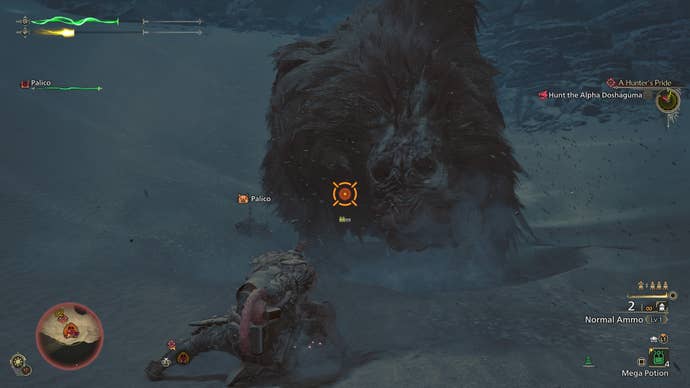
Whatever they do, the knowledge is retained from project-to-project. This is more unusual in game development than you might think.
This is a simpler set of characters for the duo to play, but at other times the hunter may be using more outlandish weapons that are more difficult to replicate in real life, and the monster might take on a less humanoid shape. Rigging high up in the multi-storey tall room allows a mocap artist to be hoisted into the air for free-form airborne motion capture. A grinning Miura flaps his arms like wings, still growling, when this is mentioned. Within the limits of human capabilities, these impressive studios deliver whatever motion data the game requires.
Here the proprietary tech is king, the pair’s actions as they pose and even battle rendered into RE Engine in real time and displayed on monitors for the gawping media to digest. The data is rough and raw, but the instant feedback means that mocap artists and technicians can quickly iterate and experiment. Whatever they settle on then provides a vital foundation which will then be hand-tweaked to perfection by animation artists.
Crucially, these two mocappers are not actors-for-hire – they’re full-time Capcom employees. Furthermore, their sole job is to limber up and go wild in the mocap studio. They may be monster and hunter today, but tomorrow they might be shambling zombie and S.T.A.R.S agent; the next they could be arisen and dragon. Maybe they will one day revive a great and act as a Sengoku samurai and demonic beast. The point is, whatever they do, the knowledge is retained from project-to-project. This is more unusual in game development than you might think.
This, I’d wager, is Capcom’s secret weapon. If there’s a third-party publisher league table, it sits close to the top. To stay there you need star creators like Tsujimoto and World/Wilds director Yuya Tokuda; but even the best unit needs the right gear. RE Engine is the ultimate enabler. Practically every Capcom title is now developed in it – technology and knowledge accrued is then shared among the teams. VG247 last year jokingly awarded Exoprimal, a less successful Capcom release, an award for the potential in its technology. Seeing hordes of dinosaurs swarming, even in a less-great game, I had only one thought: this tech will kill in a new Dead Rising.
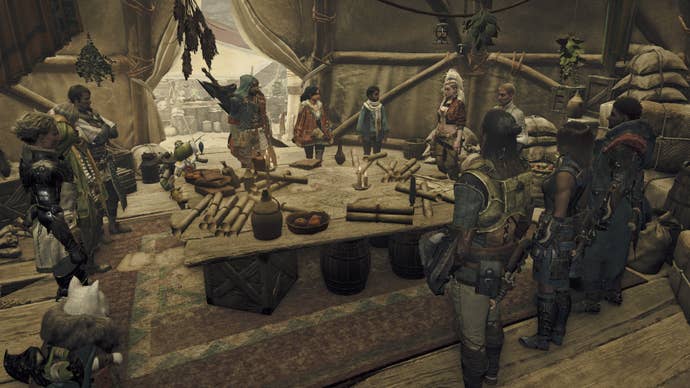
Because of how Capcom is set up, that is actually possible. I know other game publishers, both in Japan and abroad, with a structure that resembles that old meme about the corporate structure of Microsoft, where different teams hold each other at gunpoint in an endless and unhelpful standoff. Capcom’s absolute commitment to RE Engine immediately feels more harmonious.
“With the exception of some port projects and things. I think everything we’re working on at the minute is RE Engine,” says Tsujimoto, who as Executive Corporate Officer has an enhanced view of the company at large. “Not only is it a great engine, but having access to those engineers and having them able to work speedily to create tools and applications for one game, then having that be instantly available to everyone else… the communication speed is a lot faster than it used to be.”
“With every title coming out, every game we make, it improves the engine. How that worked out has worked to our benefit for every subsequent game.”
And so the stage is set. I reckon I can see all of that collaboration and culmination in Wilds. There’s a lot of MH World, but I see a bit of Dragon’s Dogma 2 in it, for instance. More than anything, I see a game that benefits not just from the evolution of its own development team, but also from the knowledge accrued across the majority of the eighteen-odd RE Engine games shipped between Monster Hunter World (which in 2018 ran on MT Framework, RE Engine’s predecessor) and Wilds.
Those concerned by rough performance in the open beta and previous hands-ons can relax: performance on the regular PS5 version I played is much-improved, and greater boosts are promised between now and February, when the game hits stores.
As I said earlier, Wilds does feel gently iterative in a manner of speaking. It’s easy to follow the video game preview cliché. “If you were a fan of Monster Hunter World, you’ll love this too!” But, honestly, there’s more to this sequel than that. If the motion capture bit of the studio visit speaks to one aspect of the X-Factor of Wilds, we can look to another – the audio department – for enlightenment on this front.
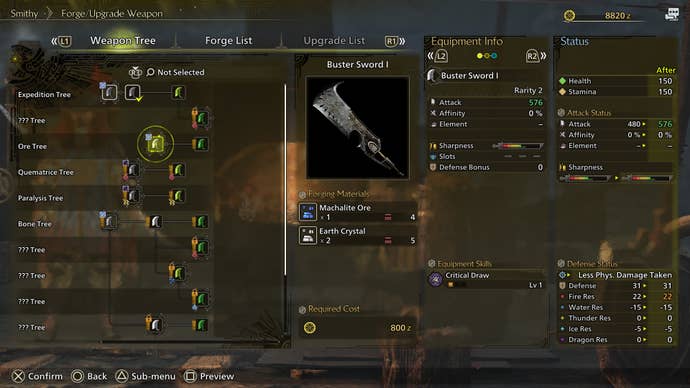
Monster Hunter has always traded in very traditional, typical fantasy beasts – but this time around there’s a bold reach for something a little more otherworldly.
Monster Hunter World pushed the series a certain distance. As Tsujimoto’s earlier quote hints, much of the development and promotion of World was built around seeing how far the team could go. When the game was revealed I thought it was amazing, but many fans lost it over the presence of damage numbers popping out of beasts when you hit them and other such features judged to be a ‘dumbing down’. As it turns out, the melting down fans turned out to be overreacting. Who could’ve guessed?
“The success showed us that we made the right choices to bring the series to a huge global audience, while never losing sight of…” Tsujimoto pauses, thoughtfully. “You know, people couldn’t say that it wasn’t a Monster Hunter.” In the end, fans came around.
“Those kinds of updates and additions that we made – ultimately they have become part of what makes the game Monster Hunter,” adds MH Wilds director Yuya Tokuda, who is making an encore in the role after his successful job on Worlds, when we reminisce about the huge fuss over damage numbers at E3 2017. “I think that we had the right idea of where to draw the line.”
That finely drawn line ended up being brilliantly pitched. Risks be damned; the end result of that push was the Monster Hunter series essentially quadrupling in size. With that in mind, the team has been filled with confidence – and so Wilds pushes things a little bit further. The line in the sand has been swept away, replaced with new limits.
Most intriguing is something represented in the audio of Wilds – a fantastical streak. Monster Hunter has always traded in very traditional, typical fantasy beasts – but this time around there’s a bold reach for something a little more otherworldly.
The music hints at this. The blasts of orchestral glory are now augmented with synthesizer. The game’s setting, The Forbidden Lands, holds dark and foreboding secrets that don’t always chime with the natural world order as we know it. The synthesized touches in the music are positively Mass Effect-esque, ranging from high-pitched, curious plinking to thrumming and threatening low tones as dangerous storms roll in. This is a small thing, but as always in art the small choices compound into a greater whole. It feels like a transformative and radical twist on the world of Monster Hunter.
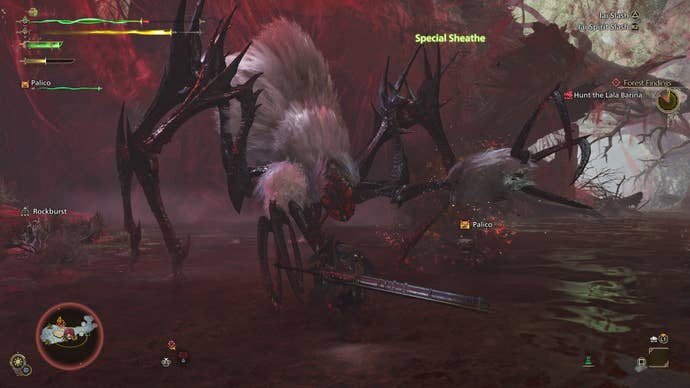
“As the name implies, the Forbidden Lands is a place where… the guild has forbidden hunters from entering this place for a reason, right? What is that? Having that as the setup allowed us to push the boundaries of what you can really show – of what we can do within Monster Hunter,” explains art director Kaname Fujioka.
“That being our start point meant that we could create designs that were quite contrasting to past Monster Hunters,” Fujioka adds.
This leads to a quiet but significant revolution in monster design. There are bear-like creatures, and dragons, returning favorites, and a farting, poo-flinging monkey – sure. But darker, stranger beasts also exist. In the hands-on, my absolute favorite encounter is with the Lala Barina, a spider-like creature that frankly looks like an alien, or some sort of eldrich terror. Its abilities stain the water around it blood red, which in turn augments and twists the lighting of the entire battlefield into a suffocating crimson. Its battle cry is a twisted fusion of natural and artificial sounds, a result of the sound design team crafting it by mashing the naturalistic and artificial together. It animates like an absolute freak. It has an attack where its head practically looks like it detaches at a deeply unnatural angle, lunging at you with a guttural shriek. I love it. I hate it.
Even with a creature like Lala Barina, a key focus has remained grounding each and every monster into the ecosystem in which they live. That core concept of World remains firmly intact – but the boundaries have been thoroughly stretched.
“We always have the idea of making a plausible ecosystem in mind,” says Fujioka. “If it was too fantastical or otherworldly, it wouldn’t even look like a creature that just lives in this environment and actually goes around, you know, living its life.”
The barometer, in a sense, remains Rathalos – the beast that the team describes as the ultimate Monster Hunter icon. Whatever they add needs to be something that, no matter how fantastical, can realistically stand next to Rathalos and not break the immersion.
“If it’s too out there it wouldn’t feel like Monster Hunter anymore,” concludes Fujioka. “So we try and keep ourselves within the sort of the circle of what Monster Hunter is, while making what’s in store in this new area exciting.”
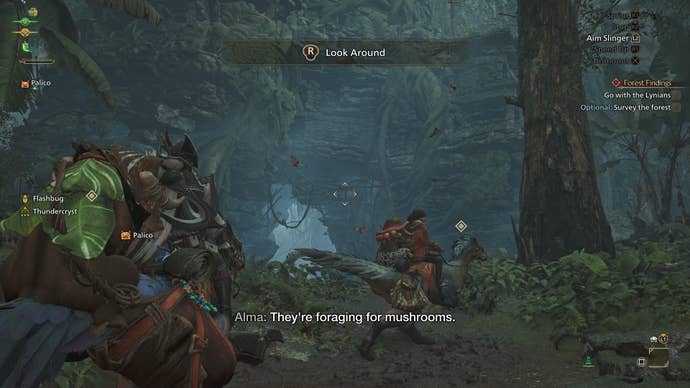
In this sense, a narrow needle has been deftly threaded. Ambition and tradition collide. In the end, and most importantly, it feels different and fresh. The presence of such creatures, and such a tone, draws a defining line between Wilds and Worlds.
This sort of philosophy isn’t just limited to the monster design, but runs deeper. For logistical reasons, the hands-on session was entirely single-player, which is an unfortunate turn of events for a game that hinges on party play. But even this peels back another layer of difference in Wilds – in how the tone, pacing, and story delivery feels more like a traditional RPG, with more exposition, a chattier hunter, and even player-driven (but entirely optional) conversation strands for deeper story context and character development.
This is different, and is a bold break for the series. The silent hunter and minimalist story worked in Worlds – but the team wishes to push those boundaries, even coming off the back of Capcom’s best-selling game ever. It showcases a confidence not just to quietly build what they built before but better. This team wants to build something that is fresh and new, too.
Much of this shift is driven by the hunter being a character that now actually talks. In World and other predecessors this wasn’t even up for debate, says director Yuya Tokuda.
“I think that made it more difficult for players to get themselves truly immersed in the storyline,” Tokuda says of the silent protagonist. Equally, the team didn’t want to have a firmly-defined lead – players still needed to feel like the hunter is them, and not some character written by the team at Capcom. But the development of Wilds has been all about challenging such preconceptions – and with that challenge comes surprisingly seismic change.
The hunter now is a rough sketch of a character, with plenty of blank space for players to fill in the gaps. The story is enhanced by their ability to ask questions and do more in scenes than simply stand by silently, however. Side quests and optional content begin to feel a little more than opportunities to grind as your hunter has a chance to interrogate the quest giver as to the hows and whys.
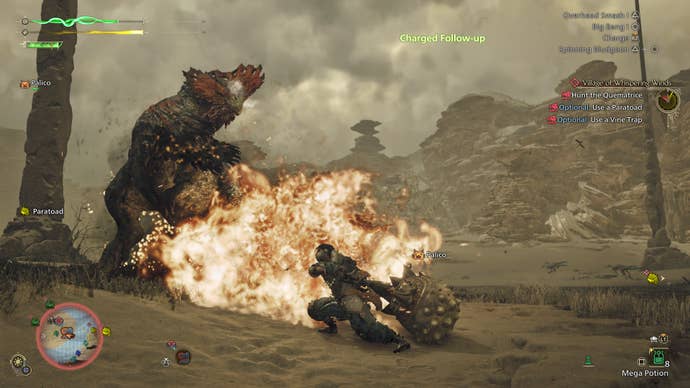
It’s tried and true design – but new for Monster Hunter. It follows the theme of this title in general: small changes that butterfly effect into making for a fairly dramatically different-feeling game. In a way, this approach feels as revolutionary and transformative a narrative shift as World’s focus on creating a truly realistic ecosystem was in 2018.
With these changes, there’s an argument that with Wilds Capcom has made the most truly ‘RPG’ Monster Hunter game ever – but in truth, chatting to the team reveals that this structure is more a byproduct of a variety of independently made choices throughout the development, rather than a conscious effort to make a Monster Hunter that holds a more traditionally ‘RPG’ structure that a wider range of gamers might be familiar with.
For my money, that’s a stronger school of design than deciding to make a concerted attempt to court fans of a particular genre, even if that genre is exploding in reach and popularity. In fact, the decisions have been partially driven by looking closely at how the existing audience experienced the previous game from this team.
“We have the data from Monster Hunter World – from that we know that a large portion of the audience play the game solo, or with a mixture of solo and multiplayer that was skewing towards solo with occasional multiplayer outings, rather than the opposite,” reveals Tokuda.
But if the game appeals more to RPG fans as a result of their tweaks, Tokuda says, it’s something of a coincidence.
“It’ll just be the result of the design decisions that have been made as a part of a more holistic view for the best way to put across the Monster Hunter Wild experience,” he concludes.
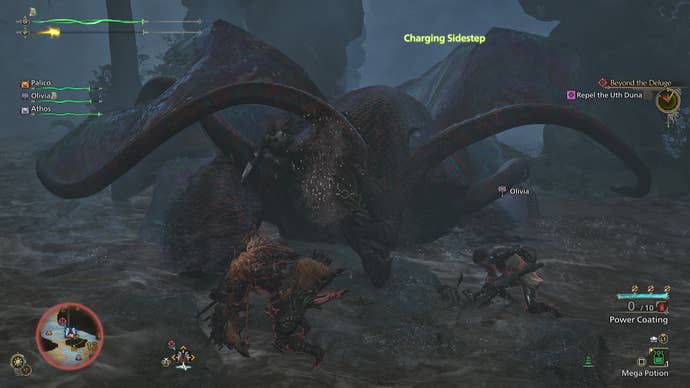
A theme of a balancing act thus emerges. That act is, perhaps, the story of modern Capcom. For all the technology sharing, internal cooperation, and canny marketing choices made, this may be where the company has been most successful: in bridging the gap between its hardcore fandom and a wider, less intensely engaged audience. You see this in Street Fighter with the advent of Modern and Dynamic control schemes, or in Dead Rising Deluxe Remaster and Dragon’s Dogma 2, releases that take games with abstract concepts and difficult quirks that work hard to bring broader accessibility. The important thing for Monster Hunter Wilds is that the game hasn’t changed, not really – except it has, in a slew of smaller ways that, as I mentioned earlier, coalesce into a greater whole.
“We’ve always had to balance, even before Worlds was a big hit, the needs of incoming players or more casual players and the hardcore hunting fans. That doesn’t change just because the audience size has grown,” philosophizes Tokuda.
Much of the best art deals with the paradoxical. It is perhaps this which best explains the explosive popularity of Worlds: it was the perfect expression of a series hardcore and niche in the extreme – but on the grandest possible stage. With Wilds, the trick looks to be repeated. For Wilds, the paradox is in creating the obvious sequel – but one laced right through with quiet, small revolution that ultimately delivers something that’s at once fondly familiar and more different than you might otherwise expect.
It summarizes current Capcom well – and perfectly encapsulates the many threads coming together to make for a publisher on an unassailable tear.
Monster Hunter Wilds is set to release for PC, PlayStation, and Xbox on February 28. Capcom covered the costs of flights and accommodation to visit the studio and play the game for the purposes of this preview.
fbq('init', '1749355691872662');
fbq('track', 'PageView'); window.facebookPixelsDone = true;
window.dispatchEvent(new Event('BrockmanFacebookPixelsEnabled')); }
window.addEventListener('BrockmanTargetingCookiesAllowed', appendFacebookPixels);
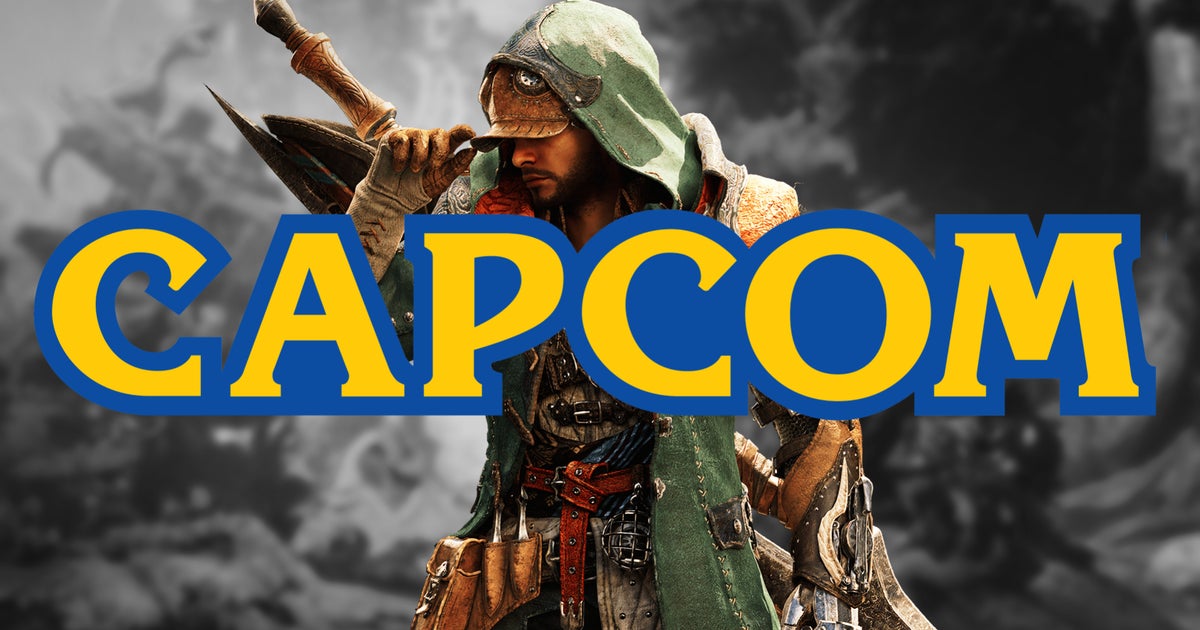
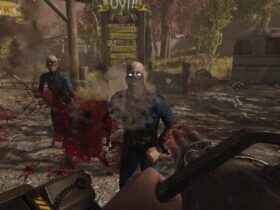
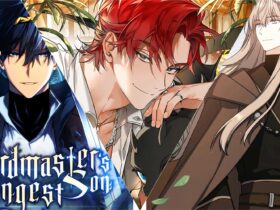
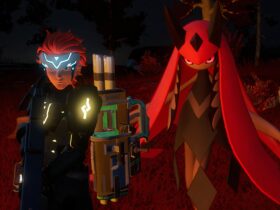
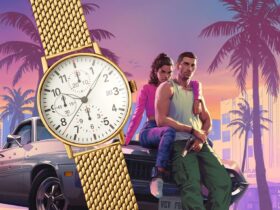
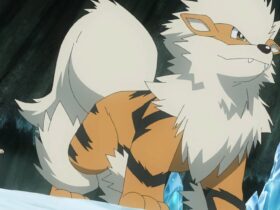
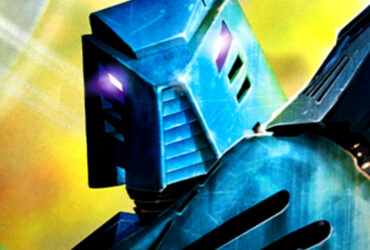
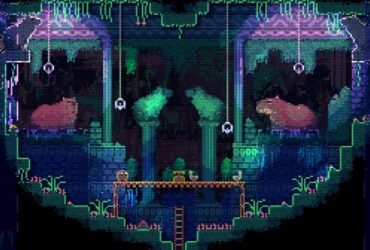
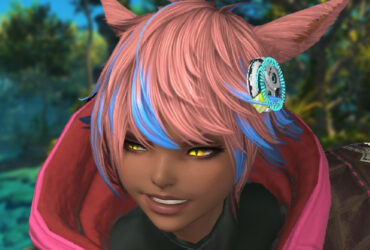
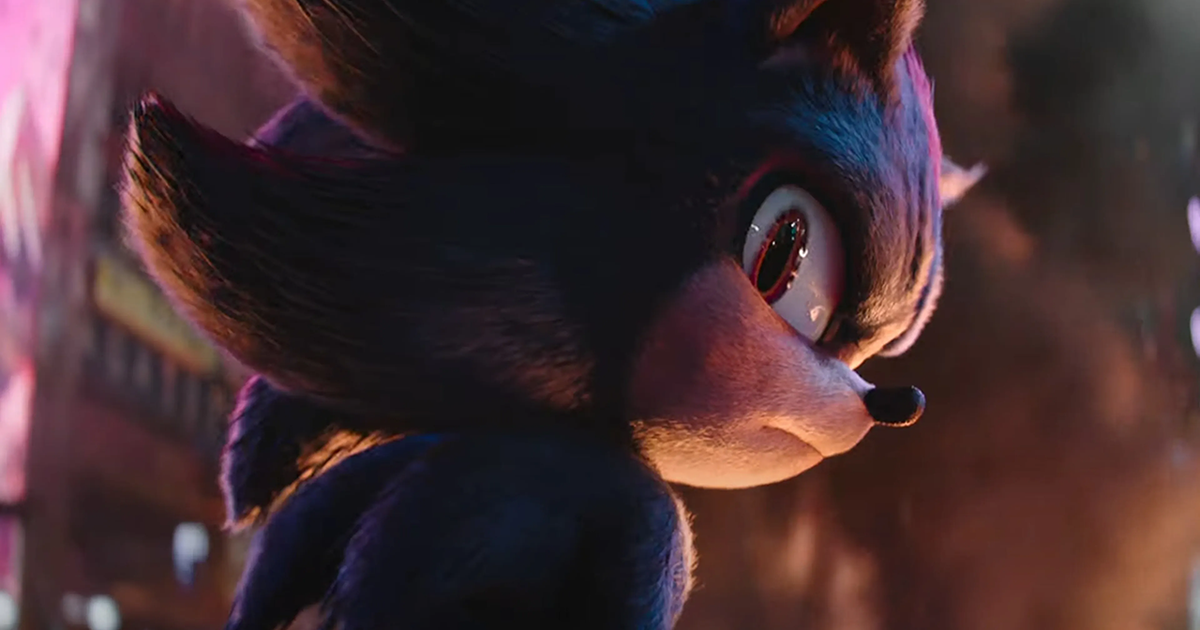
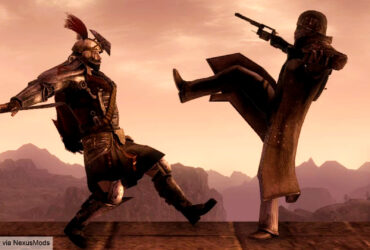
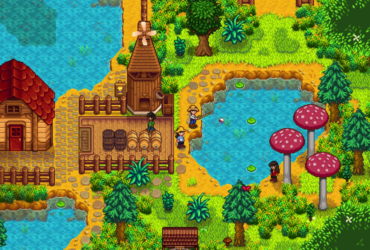
Leave a Reply